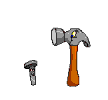

Back To




Please Be Patient
The thumbnails may take some time to load.
Click on any picture to see a larger version
![]()
![]()
|
(914) 401-9052 |
|
|
|
© Copyright 1998 - 2019 and beyond |

